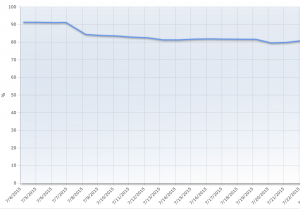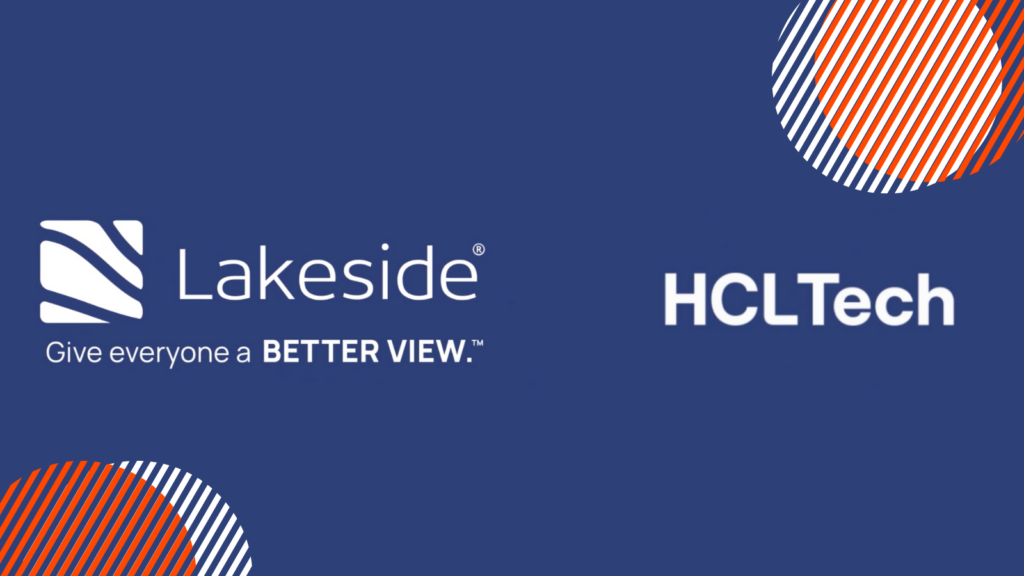
In June we launched a new blog series called “SysTrack Use Case.” The first post in this brand new series explored how SysTrack could help with investigating user reports of a faulting or crashing application. Each post in the ongoing series will discuss a new use case to help provide a wider perspective on the different IT projects and challenges that can be addressed with SysTrack.
The follow up to the first post comes at the same time that Lakeside has released new content around the Windows 10 launch, and that gives us the perfect opportunity to explore the best way to consume that content and get the most of SysTrack before and after your Windows 10 migration. We’ve released several blog posts in the past few weeks dealing with Windows 10, so here we’ll try to take a succinct look at the basic phases of a migration and how SysTrack can help with each.
Going into a large migration project without properly developing a plan first is a recipe for disaster. Any IT administrator will tell you the same. That’s why gathering data about the environment is so crucial; simply estimating the resources needed or the readiness of the environment for a migration won’t work. You need objective analysis. With Windows 10 hitting the market we wanted to help our customers prepare for the upgrade.
Do you need to upgrade to Microsoft Windows 10?
A good place to start is understanding the value of Windows 10 and how it could help your organization. We recently released a whitepaper that discusses, in detail, the benefits an upgrade to Windows 10 can provide. Having a solid understanding of why the upgrade is a smart decision can start the whole project off on a good note.
The whitepaper serves as a nice initial approach, but where SysTrack really helps out is with providing data-driven insight. The Windows 10 Assessment Report, part of our MarketPlace program, is a great tool for the initial steps of sizing out the project and gathering data about the environment. MarketPlace reports are accessed through Virtual Machine Planner. You’ll just need to create and run a simple model of the environment and SysTrack will feed data gathered for the model into the Windows 10 Assessment Report.
The great thing about this report is that you can go back to it after improvements, updates, or changes have been made in the environment and rerun it with SysTrack’s most up-to-date data to see the results of your changes. Maybe an initial run of the report shows Windows XP systems with a low health score, and that leads you to investigate those systems with Site Visualizer and you discover the cause of the low health score is insufficient memory resources, for example. After implementing a fix to that problem you can execute the report again to get an updated look on your Windows 10 readiness status.
After the migration is completed you’ll want to continue monitoring the systems that received the new OS to make sure they aren’t experiencing any new problems. A great way to do this is to track the health of those systems over time. Create a SysTrack group of Windows 10 systems and use Enterprise Visualizer to graph the health over time, this is a perfect way to visualize the experience of those systems from before the OS upgrade to after the upgrade.
Another great steady-state tool to use is the Resolve Comparative Analytics function. This allows you to compare a selected system to other individual systems, a group of systems, and all systems. You might want to compare the Windows 10 group to systems that have yet to be upgraded, or a system of interest with Windows 10 to the rest of the group to identify if an issue is due to the upgrade itself.
From gathering your thoughts about the migration, to preparing for it, to implementing it, and finally, to validating it in the steady-state, SysTrack has the data you’ll need. If your organization is considering Windows 10 make sure to take advantage of data-driven analysis to make better decisions throughout the project that will simplify the task, save time, and minimize the risk.
Subscribe to the Lakeside Newsletter
Receive platform tips, release updates, news and more





